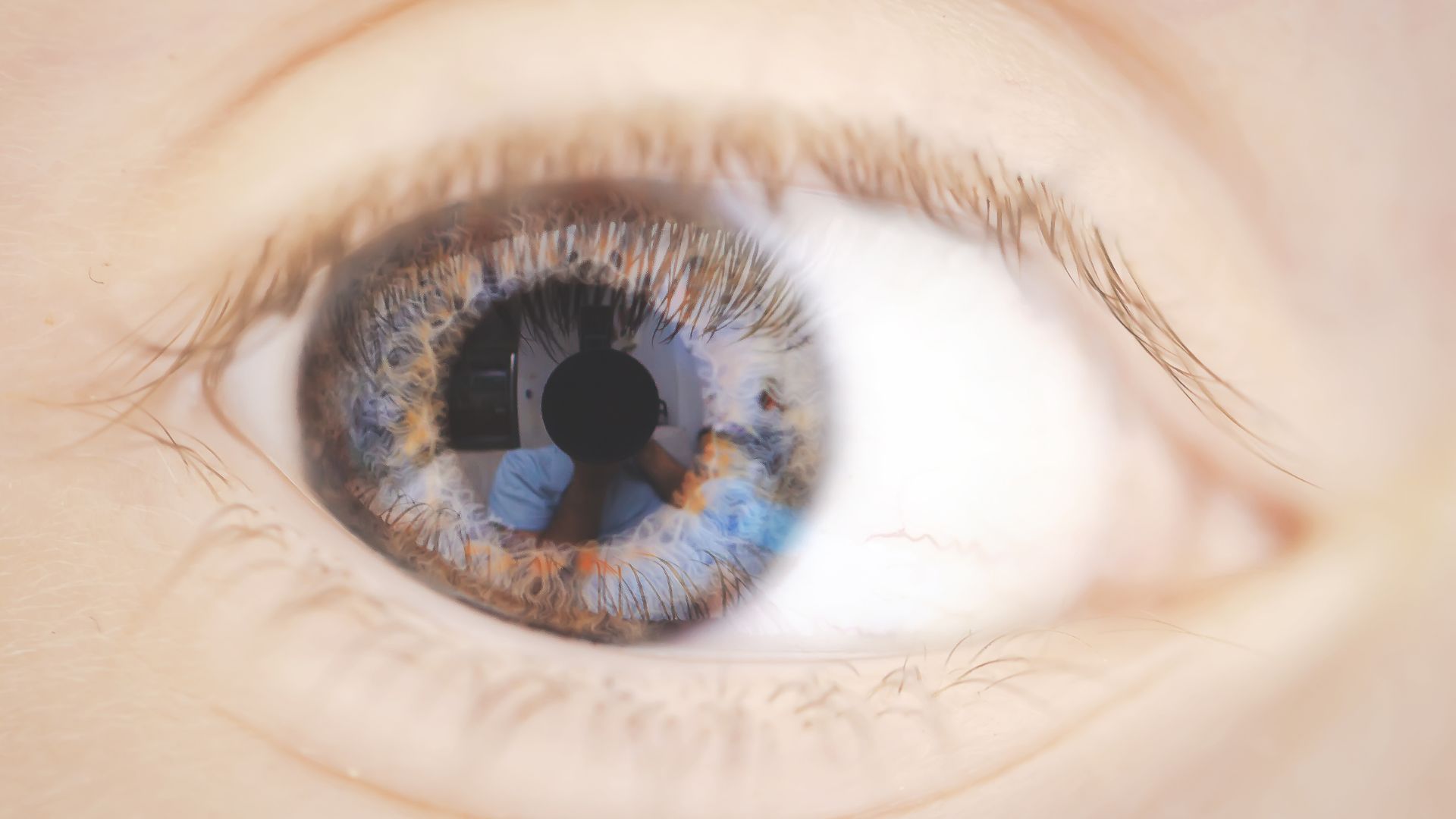Gene-therapy drops restore teen's vision after genetic disease left his eyes clouded with scars
A teen with dystrophic epidermolysis bullosa, or "butterfly disease," was legally blind but has now had his sight restored with gene therapy.

A boy was born with a rare genetic condition that caused scar tissue to build up in his eyes, rendering him legally blind — but now, a new gene therapy delivered via eyedrops has restored his vision, The Associated Press reported.
The boy, Antonio Vento Carvajal, is now 14 years old. He has dystrophic epidermolysis bullosa, a genetic condition that prevents people's cells from making a specific type of collagen, a key structural protein. Sometimes called "butterfly disease," the condition makes the skin extremely delicate to the touch and thus prone to blisters and chronic wounds.
Because collagen is also a major component of the cornea — the transparent tissue layer covering the front of the eye — the disease can also lead to blistering, erosion and scarring of the eye. In cases like Antonio's, this can lead to blindness.
Recently, the first-ever treatment for dystrophic epidermolysis bullosa was approved by the U.S. Food and Drug Administration (FDA). The gene therapy, called Vyjuvek, is a topical gel that users rub on their blistered skin, and it works by delivering working copies of the broken collagen gene into their cells. Thus, the treatment helps prevent new blisters from forming as the skin heals. It doesn't permanently change cells' DNA, however, so it must be regularly reapplied.
Related: Genes from algae helped a blind man recover some of his vision
Antonio participated in a clinical trial considered in the new gene therapy's approval. As the boy's skin improved, his doctor, Dr. Alfonso Sabater, an associate professor of clinical ophthalmology at the University of Miami's Miller School of Medicine, wondered if the treatment could be adapted for Antonio's eyes.
Krystal Biotech, the drug's maker, made a version of Vyjuvek that worked as eyedrops by removing the gel-like ingredient from its formula. After testing the new formula in mice, the team got approval from the FDA and university and hospital review boards to give Antonio the adapted treatment. In August 2022, the teen underwent surgery to remove scar tissue from his right eye and then began using the eyedrops only in the right eye.
Sign up for the Live Science daily newsletter now
Get the world’s most fascinating discoveries delivered straight to your inbox.
Following surgery, the scarring in Antonio's right eye didn't return, and he saw steady improvements, until his vision was a near-perfect 20/25. Earlier this year, Sabater started Antonio's left eye on the surgery and eyedrop treatment course, and they're seeing similar improvements. Now, the left eye is nearing 20/50 vision.
(For comparison, in the U.S., legally blind is defined as 20/200 or worse, with the best possible correction, or a visual field of 20 degrees or less.)
Antonio uses the eyedrops once a month and also continues to apply the skin gel version of Vyjuvek. He now feels safe walking again, which he'd struggled to do since his vision deteriorated, and he enjoys playing video games with friends.
Read more in The Associated Press.

Nicoletta Lanese is the health channel editor at Live Science and was previously a news editor and staff writer at the site. She holds a graduate certificate in science communication from UC Santa Cruz and degrees in neuroscience and dance from the University of Florida. Her work has appeared in The Scientist, Science News, the Mercury News, Mongabay and Stanford Medicine Magazine, among other outlets. Based in NYC, she also remains heavily involved in dance and performs in local choreographers' work.










